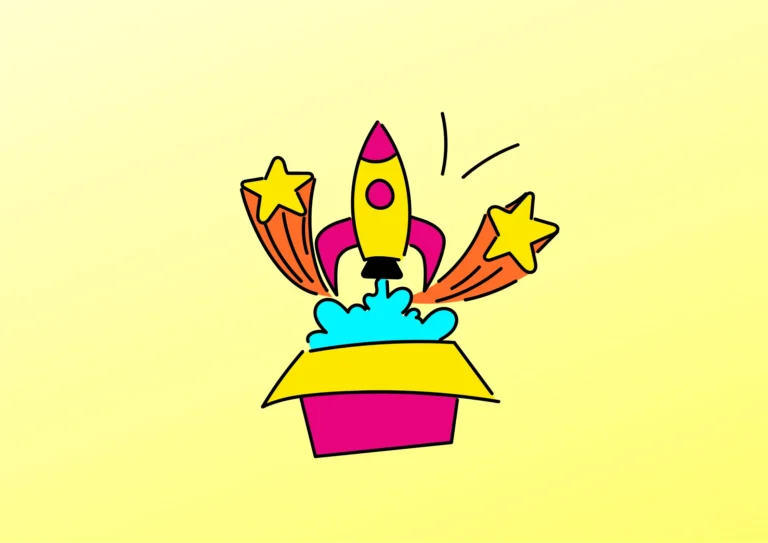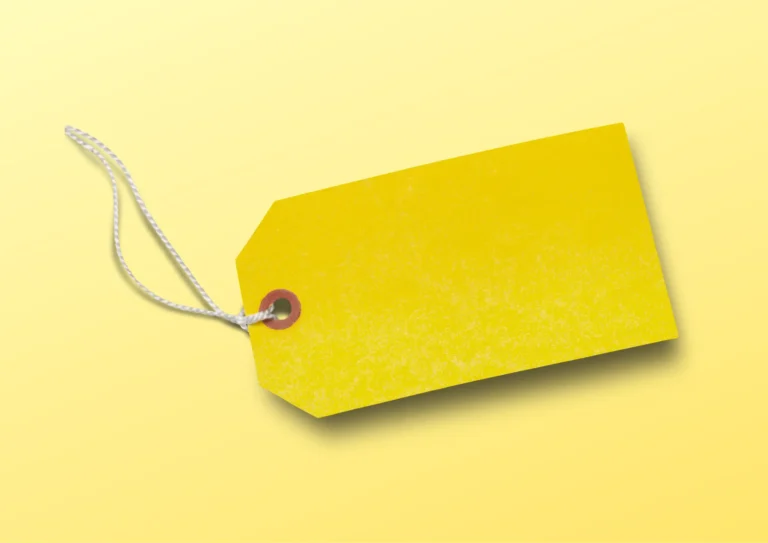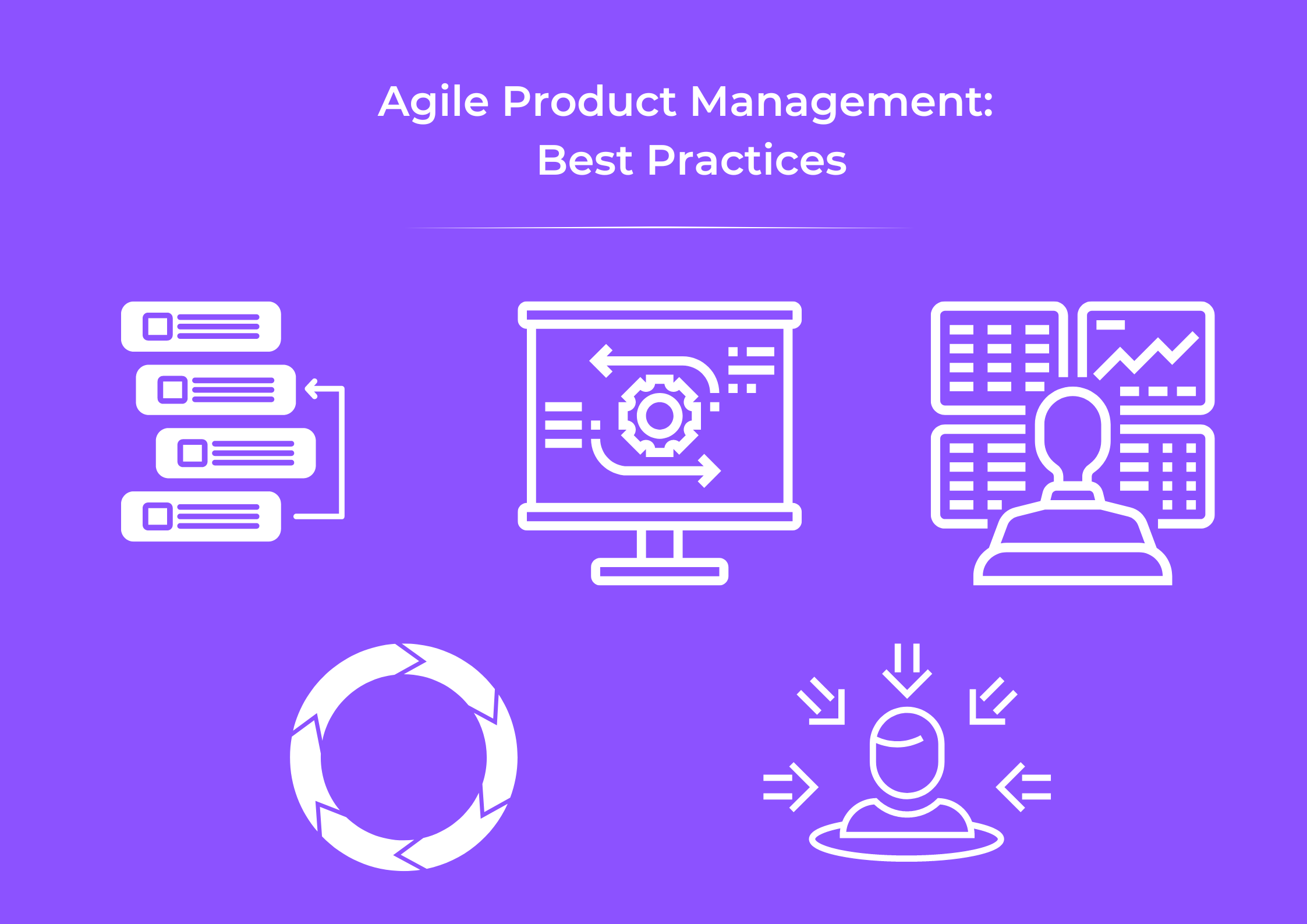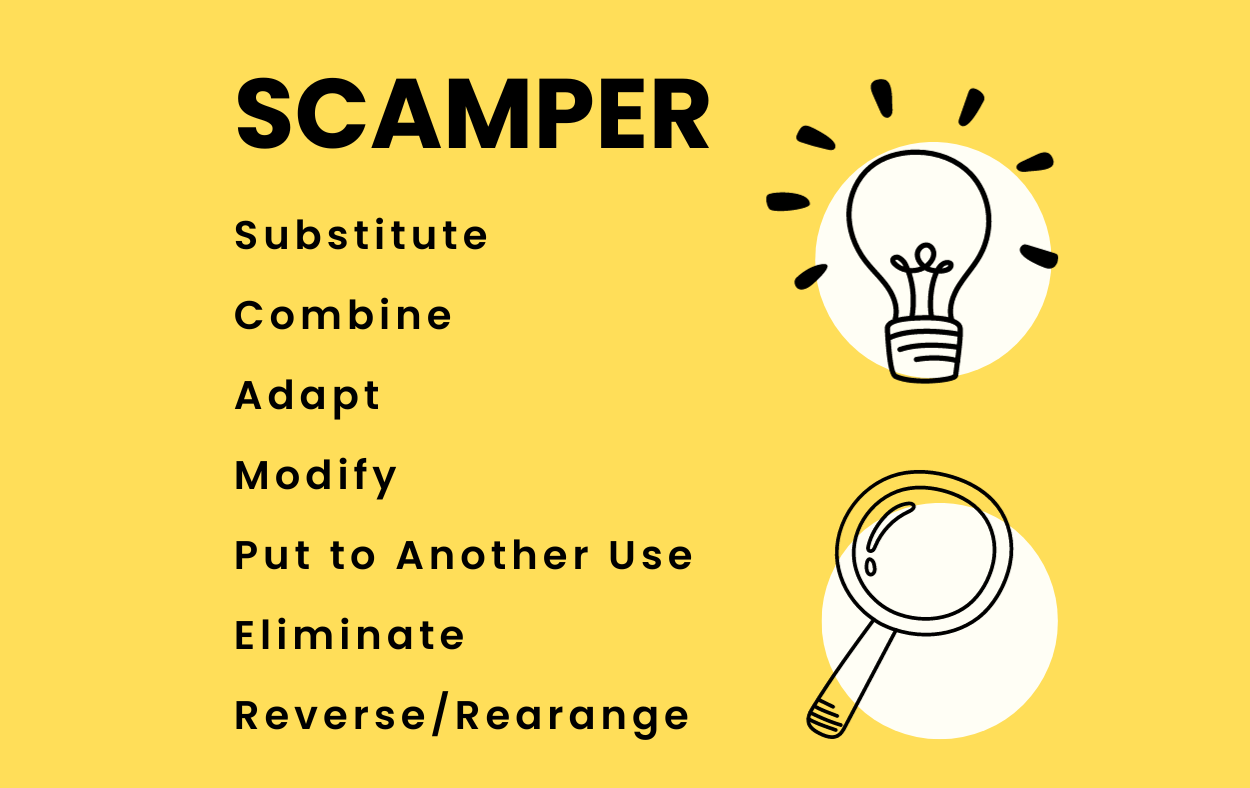📢 Sign up to my newsletter and never miss a beat!
In the dynamic realm of product development and market introduction, understanding the journey a product takes from conception to retirement is crucial for businesses aiming to achieve sustained success. This journey, commonly referred to as the product life cycle, encompasses several distinct stages, each characterized by unique challenges, strategies, and opportunities. Recognizing and adeptly navigating these stages can empower companies to not only extend the longevity of their products but also maximize their market impact and profitability. This article looks at the five stages of the product lifecycle: introduction, growth, maturity, expansion and decline and outlines the key strategies businesses can employ to thrive at every turn of their product’s journey.
1. Introduction

This is the initial stage where the software is being developed and introduced to the market. The focus is on finalizing the product development, addressing initial customer feedback, and beginning to market the product. Sales are typically low at this stage, and the cost to acquire customers can be high.
Finalizing Product Development
During the Introduction stage, the emphasis is on polishing the product, ensuring it is bug-free, user-friendly, and ready for public use. This involves:
- Iterative Testing: Rigorous testing phases, including beta testing with real users, to identify and fix any technical issues.
- Feedback Incorporation: Implementing feedback from early users and testers to refine the product’s features and usability.
- Launch Preparation: Preparing for launch involves finalizing the product’s branding, creating marketing materials, and establishing a support framework for early adopters.
Addressing Initial Customer Feedback
Early customer feedback is gold dust for newly introduced software. It provides invaluable insights that can significantly shape the product’s evolution:
- Engagement Channels: Establishing direct communication channels (such as forums, social media, and customer support) to gather feedback.
- Rapid Response: Quickly addressing feedback not only improves the product but also builds trust and loyalty among early users.
- Feature Prioritization: Deciding which features to develop next based on user demand and feedback to ensure the product meets market needs.
Beginning to Market the Product
With countless software products vying for attention, effective marketing strategies are crucial from the outset:
- Targeted Marketing: Identifying and targeting early adopters and niche markets that can benefit most from the software.
- Content Marketing: Creating valuable content (blogs, videos, tutorials) that addresses potential customers’ needs and showcases the software’s benefits.
- Network Utilization: Leveraging networks, including industry influencers and partnerships, to amplify the product’s visibility.
Financial Considerations
The Introduction stage is often the most financially challenging period:
- High Customer Acquisition Costs: Initial marketing efforts and incentives to attract users mean high customer acquisition costs.
- Low Initial Sales: As awareness is still building, sales are typically low, making it difficult to cover the initial investment quickly.
- Investment in Growth: Significant investment may be needed not just in marketing but in continuous product development and customer support infrastructure.
Strategic Patience and Adaptability
Success in the Introduction stage requires patience and adaptability. Companies must be prepared for a slow start, using this time to refine their product, build meaningful relationships with early users, and lay down a strategic foundation for future growth. It’s a period where vision, persistence, and flexibility in response to market feedback are crucial for setting the stage for the subsequent growth phase.
In summary, the Introduction stage is both challenging and exciting. It sets the tone for the product’s market entry and future potential. By focusing on product quality, customer feedback, and strategic marketing, companies can navigate this stage effectively, laying the groundwork for the growth and success that lie ahead.
2. Growth

In the growth stage, the software begins to gain traction in the market. There is a significant increase in sales and customer base as the product starts to meet the market’s needs effectively. Marketing strategies are refined, and customer support is strengthened to manage the growing user base. New features may be added based on user feedback, and efforts to differentiate the product from competitors are emphasized.
Accelerated Market Traction
- Increased Visibility and Adoption: As the product becomes more recognized in the market, user adoption accelerates, leading to a rapid increase in sales. The software starts to appear on the radar of larger segments of the target market, including both individual users and enterprises.
- Expanding Customer Base: The customer base diversifies as the product appeals to broader audiences beyond the early adopters. This expansion requires understanding and addressing the varied needs of a wider array of users.
Refinement of Marketing Strategies
- Data-Driven Marketing: With more data available from increased user interactions, companies can refine their marketing strategies, targeting users more effectively based on behavior, demographics, and preferences.
- Brand Positioning and Awareness: Efforts to build brand recognition intensify, with a focus on differentiating the product from competitors through unique selling propositions (USPs), quality, and customer experience.
- Customer Acquisition and Retention: Balancing acquisition with retention becomes crucial. Strategies may include referral programs, loyalty rewards, and engaging content marketing to keep users coming back.
Strengthened Customer Support
- Scaling Support Systems: As the user base grows, so does the demand for customer support. Investing in scalable support systems, including self-service options and automated help solutions, becomes essential.
- Feedback Loops: Maintaining open channels for user feedback helps to identify issues quickly and informs continuous product improvement. This feedback loop is vital for sustaining growth and user satisfaction.
- Community Building: Developing a community around the product can enhance customer loyalty and provide valuable insights. Forums, user groups, and social media channels are effective tools for community engagement.
Continuous Product Development
- Feature Enhancement: Based on user feedback and market research, new features are developed to meet the evolving needs of the market. This continuous improvement helps to keep the product relevant and competitive.
- Innovation: Beyond just adding new features, innovation in terms of technology, user experience, and business models can propel the product ahead of competitors.
- Quality Assurance: As the product evolves, maintaining high standards of quality assurance ensures that new features and updates do not compromise the stability or performance of the software.
Competitive Differentiation
- Unique Value Propositions (UVP): Clearly defining and communicating what makes the product stand out is crucial for differentiation. This could be innovative features, superior customer service, or a unique approach to solving user problems.
- Market Analysis: Continuous analysis of market trends and competitor actions helps in adjusting strategies to stay ahead. It’s important to anticipate market shifts and be prepared to pivot or adapt as necessary.
Strategic Partnerships
- Leveraging Partnerships: Forming strategic partnerships can expand the product’s reach, enhance its feature set, or improve its market position. Partnerships with complementary businesses or technology providers can open up new avenues for growth.
Navigating the Growth stage successfully requires a balanced approach to innovation, marketing, and customer engagement. By focusing on delivering value, maintaining quality, and building a strong brand, companies can capitalize on this growth momentum to solidify their market position and pave the way for future expansion.
3. Maturity

During the maturity stage, the software product has established a stable and significant presence in the market. Sales growth starts to slow down as the market becomes saturated. The focus shifts to retaining existing customers and extracting value through up-selling and cross-selling. Competition is intense at this stage, so efficiency, customer service, and product enhancements become critical for maintaining market share.
Market Saturation and Slowing Growth
- Sales Plateau: The once-exponential growth in sales starts to level off as a large portion of the potential market has already adopted the product. New sales are more likely to come from replacing competitors or upgrading existing customers rather than capturing untapped market segments.
- Market Saturation: With a significant portion of the target audience already reached, finding new customers becomes more challenging. The market for the product is mature, and most consumers are aware of the available options.
Focus on Customer Retention
- Enhanced Customer Service: Exceptional customer service becomes a key differentiator. Providing responsive, helpful, and personalized support can significantly improve customer retention rates.
- Loyalty Programs: Implementing loyalty programs or customer appreciation initiatives can enhance customer satisfaction and encourage continued use of the product.
- Community Engagement: Engaging with the user community through forums, social media, and events helps maintain interest and loyalty. This engagement also provides valuable insights into customer needs and preferences.
Extracting Value through Up-Selling and Cross-Selling
- Up-Selling: Offering existing customers premium versions of the product or additional features can increase revenue without the need for acquiring new customers.
- Cross-Selling: Introducing complementary products or services to the existing customer base can leverage established relationships and increase per-customer revenue.
- Bundling: Packaging products together at a discounted rate can encourage customers to purchase more, increasing overall sales.
Intensified Competition
- Differentiation: In a crowded market, clearly differentiating the product from competitors is crucial. This can be achieved through unique features, superior performance, or exceptional customer service.
- Market Analysis: Continuously monitoring the competitive landscape allows for timely adjustments to marketing and product strategies to stay ahead of competitors.
- Strategic Pricing: Competitive pricing strategies, including discounts, promotions, and flexible pricing models, can help maintain or expand market share in a mature market.
Efficiency and Product Enhancements
- Operational Efficiency: Streamlining operations and reducing costs become priorities to maintain profitability in the face of slowing growth. This might involve automating processes, optimizing resource allocation, or renegotiating supplier contracts.
- Continuous Improvement: Regular updates and improvements to the product are necessary to keep it relevant and attractive to both new and existing customers. This includes fixing bugs, enhancing features, and updating the user interface.
- Innovation: Even in maturity, innovation can open up new opportunities. Exploring adjacent markets or developing new use cases for the product can rejuvenate interest and drive additional sales.
Navigating the Maturity stage effectively requires a strategic shift from aggressive expansion to consolidation, customer retention, and efficiency optimization. By focusing on delivering exceptional value and service to existing customers, and continually adapting to the competitive landscape, companies can extend the profitable lifespan of their products and prepare the ground for future innovation or market expansion.
4. Expansion

The Expansion stage in a software product’s life cycle is an exciting phase where a mature product, having already achieved significant market penetration and stability, seeks new horizons for growth. This stage is about strategic innovation and exploration, aiming to breathe new life into the product by tapping into unexplored markets or enhancing the product’s value proposition. Here’s a deeper dive into navigating the Expansion stage:
Exploring New Markets
- Geographical Expansion: Entering new geographical markets can open up vast new customer bases. This might involve localizing the software for different languages and cultures or addressing region-specific requirements and regulations.
- Targeting New Segments: Identifying and targeting new customer segments within existing markets can also provide growth opportunities. This could mean adapting the product to suit different industries, professional roles, or company sizes that were not previously a focus.
- Digital Marketplaces: Listing the product on additional digital marketplaces or sales platforms can increase its visibility and accessibility to a broader audience.
Adding Complementary Products or Features
- Product Diversification: Developing new products that complement the existing offering can attract new customers and provide additional value to existing ones. This could include add-ons, plugins, or entirely new software solutions that enhance the user experience or address adjacent problems.
- Feature Expansion: Continuously adding and updating features based on emerging technologies, customer feedback, and market trends keeps the product competitive and relevant. This can also reinvigorate interest among current users and attract new ones looking for those specific functionalities.
- Bundling and Packaging: Similarly to the maturity stage, creating new bundles or packages of products and features can offer more comprehensive solutions to customers, encouraging upgrades and new purchases.
Leveraging Partnerships
- Strategic Alliances: Forming alliances with other businesses can provide mutual benefits, such as expanding market reach, enhancing product offerings, or improving competitive positioning. This might include partnerships with complementary software providers, resellers, or technology platforms.
- Integration Partnerships: Integrating with other products or platforms can significantly enhance the product’s appeal by increasing its functionality and ease of use. This can open up new use cases and make the product indispensable within larger ecosystems.
- Co-marketing Initiatives: Partnering with other companies for co-marketing initiatives can increase visibility and credibility, reaching new audiences through trusted channels.
Innovation and Reinvention
- Market Research and Customer Insight: Continuous market research and deep customer insight are essential to identify opportunities for expansion. Understanding emerging needs, technologies, and competitive landscapes can guide strategic decisions.
- Investment in R&D: Allocating resources to research and development can foster innovation, leading to breakthroughs that can redefine the product or open up entirely new markets.
- Pivoting Strategy: In some cases, expansion may involve pivoting the product strategy to address a more lucrative market or to offer a radically different value proposition based on the product’s core technologies or competencies.
Navigating the Expansion stage effectively requires a proactive and visionary approach, where the focus shifts from maintaining market position to actively seeking out and exploiting new opportunities for growth. By leveraging the product’s established strengths and market presence, and combining these with innovative strategies for market expansion, product diversification, and strategic partnerships, companies can extend the life cycle of their product, ensuring sustained growth and relevance in an ever-evolving market landscape.
5. Decline

The Decline stage is a phase in the product life cycle characterized by a gradual decrease in sales and market interest. This stage can be the result of various factors, including technological advancements, shifts in consumer preferences, increased competition, or market saturation. Despite its challenges, managing the Decline stage effectively can allow companies to maximize the remaining value of the product and strategically plan for the future. Here’s an in-depth look at navigating this phase:
Identifying the Decline
- Market Indicators: A consistent decrease in sales volume, reduced market share, and lower profit margins are clear indicators that a product may be entering the Decline stage. Monitoring these indicators closely allows companies to plan their strategies proactively.
- Customer Feedback and Trends: Changes in customer feedback or a decrease in engagement can also signal a decline. Staying attuned to industry trends and consumer behaviors is crucial for timely recognition of this stage.
Strategic Options in the Decline Stage
- Cost Reduction: To maintain profitability as revenue decreases, companies often look to reduce the costs associated with the declining product. This might involve streamlining operations, reducing marketing expenses, or downsizing the team dedicated to the product.
- Price Adjustment: Adjusting the pricing strategy can sometimes help to sustain interest in a declining product. This could mean lowering prices to attract price-sensitive customers or bundling the product with other offerings.
Exploring Pivot or Exit Strategies
- Product Pivot: In some cases, a product in decline can be revitalized through a pivot—either by targeting a new market segment, adjusting the product’s features, or repurposing the technology for a different application.
- Discontinuation: If the product can no longer be sustainably maintained or pivoted, discontinuation might be the most strategic choice. This involves phasing out the product while minimizing impact on customers and the business.
- Sell-off or Licensing: Selling the product or licensing it to another company can be a viable option, especially if the product still has value to a niche market or can be integrated into another company’s offerings.
Managing Customer and Stakeholder Expectations
- Transparent Communication: Clear and transparent communication with customers and stakeholders about the future of the product is essential. This includes providing advance notice of discontinuation, offering support for transitioning to alternative solutions, and maintaining open lines of communication.
- Customer Support and Transition: Offering continued support to existing customers, providing recommendations for alternative solutions, and possibly assisting with migration efforts can help maintain positive relationships and goodwill.
Learning and Transitioning
- Market and Product Analysis: Analyzing the decline to understand what factors contributed to it can provide valuable insights for future product development and market strategies.
- Resource Reallocation: Resources from the declining product, including capital, personnel, and technology, can often be reallocated to more promising areas of the business, fostering innovation and growth in other products or services.
The Decline stage, while challenging, offers opportunities for companies to demonstrate adaptability and strategic foresight. By making informed decisions about whether to rejuvenate, pivot, or gracefully exit the product, companies can maximize remaining value, maintain customer loyalty, and reallocate resources to more viable products or services, setting the stage for future successes.
Want to Explore More on This Topic?
Delve deeper with these curated resources! Discover insightful articles, expert blogs, and top-rated books to enhance your knowledge and skills.
Note: Some links are affiliate links, which means I may earn a small commission if you decide to make a purchase.
Product Lifecycle Management: Driving the Next Generation of Lean Thinking by Michael Grieves
Product Lifecycle Management: Driving the Next Generation of Lean Thinking by Michael Grieves is a comprehensive guide to understanding and implementing Product Lifecycle Management (PLM) as a tool for enhancing product development and operations. Focusing on how PLM aligns with Lean thinking, Grieves demonstrates how PLM streamlines processes, improves product quality, and reduces waste across the product’s lifecycle—from concept to retirement. This book is an essential resource for professionals seeking to leverage PLM to drive innovation, improve collaboration, and create value throughout the entire lifecycle of a product.
Lean Product Lifecycle, The: A playbook for making products people want by Tendayi Viki
The Lean Product Lifecycle: A Playbook For Making Products People Want by Tendayi Viki is a practical guide on integrating Lean principles into product lifecycle management. Designed for product teams and innovators, the book provides a step-by-step playbook for creating products that meet real customer needs while minimizing waste. Viki covers the full product journey, from ideation and validation to scaling and retiring products, offering actionable strategies to help teams remain agile, validate ideas quickly, and make data-driven decisions. This resource is essential for those looking to create valuable products through a Lean, customer-centered approach to lifecycle management.





